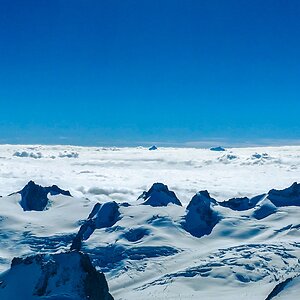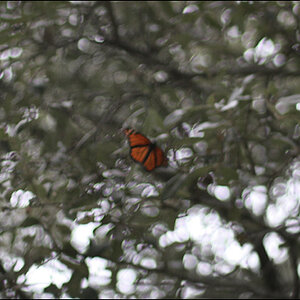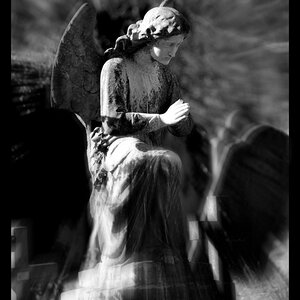aaneiros
TPF Noob!
- Joined
- Nov 22, 2010
- Messages
- 44
- Reaction score
- 0
- Location
- Spain
- Can others edit my Photos
- Photos OK to edit
Hi. I was trying to take some photos of this port on a beautiful sunny day with a mostly cloudless sky when I run into one of my usual problems with light.
The problem was that the level of light in the boats area and in the background buildings was different so I had to choose between underexposing the boats or overexposing the buildings. I finally took advantage of a moment when some clouds partially covered the sun and took the shot below, which I think is a bit darkish and OOF (among other technical considerations).
#1
WB: Auto
Shutter Speed: 1/161
Program: Manual
ISO: 200
Aperture: F16 (should I use a smaller aperture??)

In the next photo I run into more or less the same problem. I was in a square with a nice building, of which I wanted to take a photo. The problem was that only part of the building was in the sun. Not knowing what to do, I just took the sunny part lmao
lmao .
.
#2
WB: Auto
Shutter Speed: 1/128
Program: Manual
ISO: 200
Aperture: F14

I guess the obvious answer to this problem would be choose a different time of the day to take those photos. Maybe that would have solved the problem with #1 but in #2 the building is never fully in the sun (use a cloudy day, maybe??)
So the question is, what would you do here?
Also, feel free to C&C the photos
I promise not to bother you with any new topics until next year (yeah, I know, bad joke).
Happy New Year for all, guys!!!
Antonio.
The problem was that the level of light in the boats area and in the background buildings was different so I had to choose between underexposing the boats or overexposing the buildings. I finally took advantage of a moment when some clouds partially covered the sun and took the shot below, which I think is a bit darkish and OOF (among other technical considerations).
#1
WB: Auto
Shutter Speed: 1/161
Program: Manual
ISO: 200
Aperture: F16 (should I use a smaller aperture??)
In the next photo I run into more or less the same problem. I was in a square with a nice building, of which I wanted to take a photo. The problem was that only part of the building was in the sun. Not knowing what to do, I just took the sunny part
#2
WB: Auto
Shutter Speed: 1/128
Program: Manual
ISO: 200
Aperture: F14
I guess the obvious answer to this problem would be choose a different time of the day to take those photos. Maybe that would have solved the problem with #1 but in #2 the building is never fully in the sun (use a cloudy day, maybe??)
So the question is, what would you do here?
Also, feel free to C&C the photos
I promise not to bother you with any new topics until next year (yeah, I know, bad joke).
Happy New Year for all, guys!!!
Antonio.



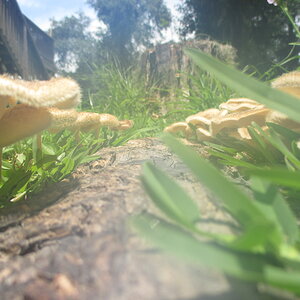
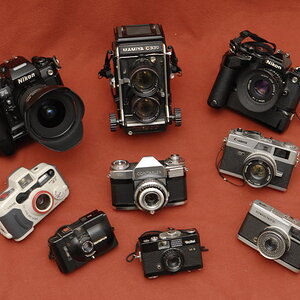
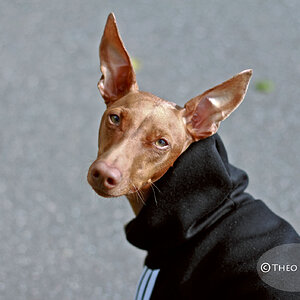
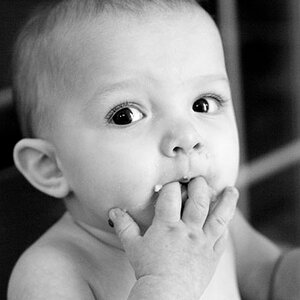
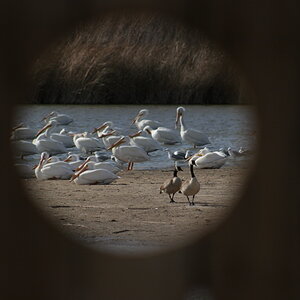
![[No title]](/data/xfmg/thumbnail/39/39460-55f4d48e22a9710f377f2a3dee45992e.jpg?1619739039)
